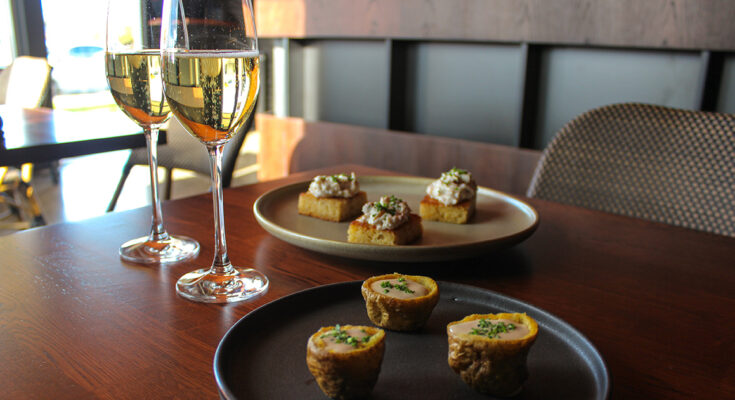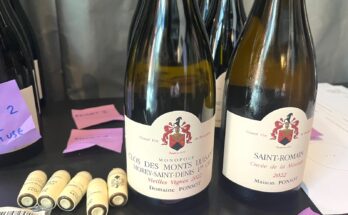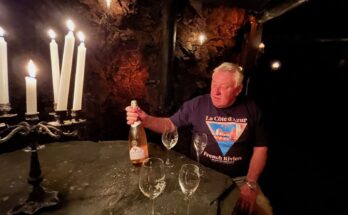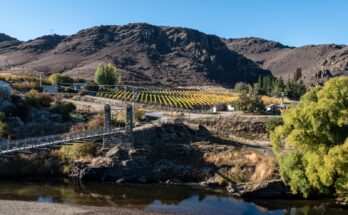A series of interviews and articles with a theme of buying and selling wine here in NZ. Part 5: The Sommelier.
As part of the ‘Buying and selling wine in New Zealand’ series of articles – I wanted to talk to a sommelier. As luck would have it, the opening of an excellent wine bar in one of the neighbouring suburbs gave me the opportunity to that as well as delve into the idea of a ‘local’ bar that serves as a focus and gathering point for the local population. I talk to Matt Aitchison in the new Stanley Road Wine Bar & Bistro in Milford.
WineFolio: I’m doing an article about ‘What makes a Cult Wine?’ as well as this series on ‘Selling, and buying wine in New Zealand’; which talking to yourself, is perfect for.
Matt Aitchison: I’m not sure I’m necessarily into the Cult Wine kind of aspect personally. There’s a few trends I would say happening at the moment. More towards the Biodynamic and Organic, and people are definitely trying to track those. What are you thinking about examples of cult wines?
WF: I’m not looking for someone’s opinion that Kusuda, for example, is a cult wine. More a thought on why that is? As a sommelier are there wines you’d like to offer, but can’t get?
MA: It does come down to the fact that not everyone has heard of it, not everyone can get it. So it’s exclusive. It’s like major brands – they price it high, they make it rare. The rarer it is, the harder that people try to obtain those wines. But more in the private collectors realm of wine is where you have these conversations. Not retail and restaurant sales. We need to get wine to sell, and we need a few bottles of this and that.
WF: Do you have a Specials board where you’ve literally got one bottle of something?
MA: I have had that in the past, but this is a new business and I’m working on that. Probably next year – a Cellar list for example.
WF: I’m often disappointed with wine lists in restaurants – I suppose I’m a tricky customer. I’m very New Zealand focussed and I like my whites more than reds. I had a look at your list.
MA: What did you think?
WF: Interesting. Some obvious choices, but some really interesting ones. And a few up and coming wines that I think are ones to watch. The Mahi Alchemy for example. Not one that’s well known but a great Chardonnay from Marlborough. A Mahi Chardonnay was one of only two to break into our Top 10 tasting that weren’t from Hawke’s Bay. A lot of good New Zealand wines from Dog Point, Forrest and Rippon, for example, on your list.
MA: this is an interesting project because I’ve always worked in the City, but I’m from the North shore. I worked on the Shore in the late 90s and knew that it’s probably more conservative over here than it is over the bridge. I don’t want to go too cool for school…. and be empty. So I needed to have a few safeties on there as well as hopefully bring a few eclectic choices in.
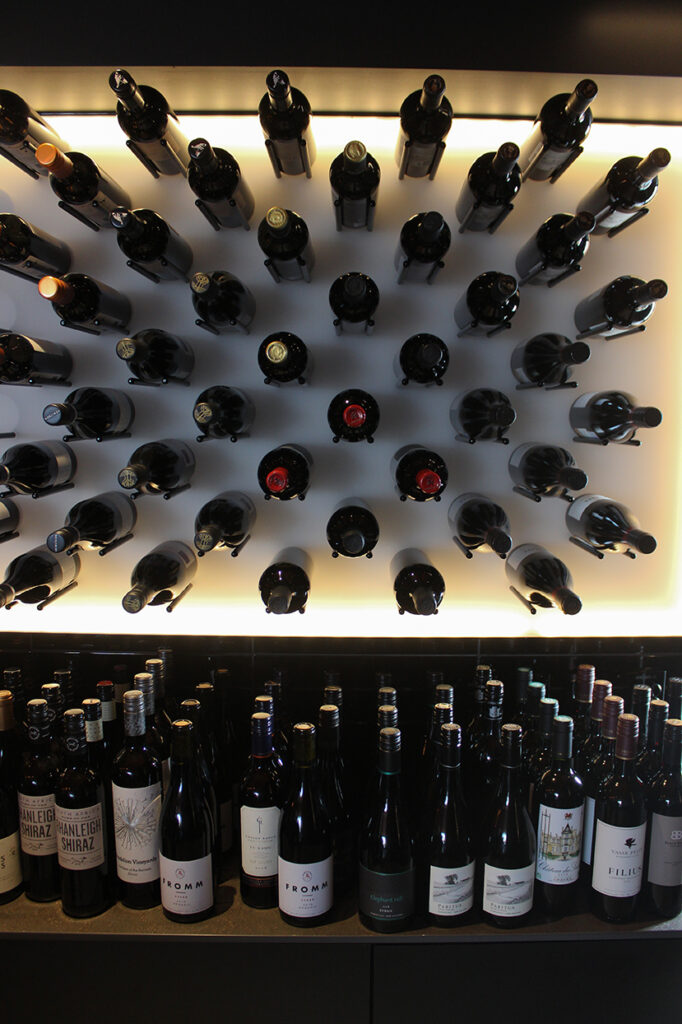
WF: That’s an interesting perspective to have. And whilst I’m sure that people drink amazing wines at the French Café – I wonder do they do so at Cassia?
MA: They do. You have to write the list for the project. So Cassia was a very specific project – you’ve got to write a wine list for spicy food. And the food comes first. Here, it’s more 50/50. More of a conversation here as we had a consultant chef and it was built from the bones up. I definitely cater for the crowd, covering all bases. Interesting though – I put on a cheaper champagne option – Lanvin – as well as our normal Laurent Perrier. $18 price point and $25 dollar price point. And the $25 one is far exceeding the other one.
WF: Champagne’s an interesting one isn’t it? You drink champagne, often standing up, at a do – but do you taste champagne? Do people know what their tastes in champagne actually are?
MA: I do. And we also have to have a New Zealand Methode as well. Every restaurant I’ve run in New Zealand has definitely had one or two by the glass. We’ve got Maude Methode here, from Central Otago. It’s nice and crisp and clean.
WF: I love Maude, I think they are excellent across the board. Right from their whites to those new Single Vineyard Pinots.
MA: I think kiwis are looking for a Methode – we’ve become more ‘local’. People are supporting local and supporting New Zealand products definitely. Not just in what they’re consuming but also in noticed in conversation too. We are the local place. People are avoiding the City, even. And then we wiped out the harbour Bridge, so that was an issue. But definitely during this COVID-19 situation – people have stayed in the suburbs. So the word on the street in the wine and restaurant industry is that the suburbs are booming. And then the City is struggling a little bit. Before this I was filling in with The Good Group hospitality in the CBD and they’re right in the mecca of downtown. So we had all the construction outside for the 18 months I was there. The whole ferry basin has been a bit of a mess. Generally here though it’s been very good. The local clientele is a mixed, interesting, eclectic bunch.
Going back to the cult wines, it’s definitely a conversation I’ve had, and it comes down to the same names – like Bell Hill. At the French Cafe we had limited allocations for those as well as cult-ish wine like Pyramid Valley. Wine is so personal – everybody has a different palate and a different taste and sense of what they’re looking for. I was at a blind tasting yesterday and it was amazing the different opinions that came out. We were all sommeliers and wine professional – and it was interesting to hear the different critiques of the same wines. Some people are more sensitive to reduction, and then there was a corked wine there. They knew it was corked when they served it. And it was 1000% corked. But the reduction. There were two or three of the four wines like that. Everyone’s senses are just so unique.
It’s a trend that people have gone away from Sauvignon Blanc, but I think it’s something they will come back to. New Zealand has spent a lot of time concentrating on the export market and just making those sauvignon blancs – pristine, classic examples. And just mass manufactured them and exported them. And that’s been a money maker for New Zealand. It’s 80% I think of New Zealand, but wine in restaurants has definitely steered away from that because it’s over exposed. In the ‘80s and ‘90s we were the same with heavy Chardonnays, and I think it’s an over exposure to Sauvignon Blanc. Then people will get a bit more refined in their winemaking and we’ll come back to Sauvignon Blanc – that will happen.
WF: What do you think is the next thing for New Zealand?
MA: I’ve tried a couple of Sauvignon Blancs that I’ve really enjoyed, but I think Pinot Noir will continue to grow, and it is diversifying. It continues to mature, as we have the Central Otago, but also the Marlborough, Martinborough and Waipara ones, so there’ll be more diversification and regionalisation – probably into appellations. Syrah is definitely growing, and Gimblett Gravels is still pretty young in the realm of things.
Natural wines are interesting, but have no longevity – as wines for a start – it’s not the future. We have organics and biodynamics on the list for those who want it. There are bars and restaurants that focus on natural wines specifically where you can get ‘cloudy wines’, as I call them. People who I’ve worked with – who are younger than me – are very much into the natural, organic, cloudy wines. For me I just want a wine to taste like wine. And from a sommeliers point of view, people just want to know – is it quality and is it delicious?
WF: do people specifically ask for a wine to go with something – is that still a thing?
MA: Yes, but it depends on the business model. French Café for example is more degustation or a la carte and single dishes. Whereas here, or at Cassia for example, people are having and sharing multiple dishes at the same time. So you go for texture or feel for how the general suitability would be. You can be more precise if you’re doing a la carte. I did fine dining both here and overseas for 13 years. It’s pretty intense and high pressure.
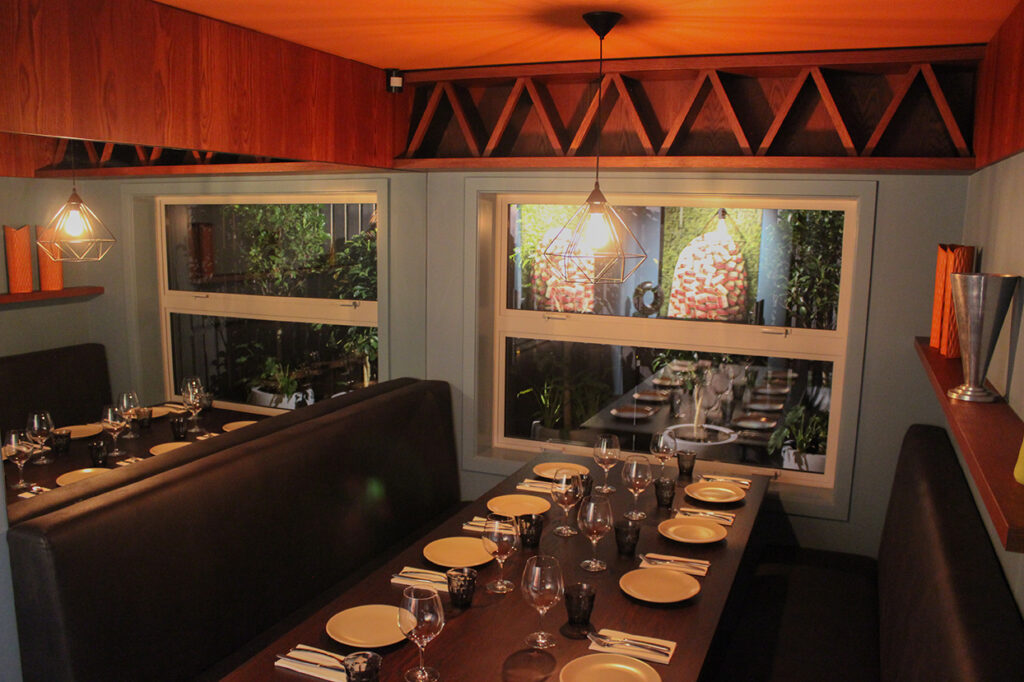
In Simon Wright’s time at the French Café and at Bennelong at the Sydney Opera House, where there were sommeliers, sub-sommeliers and waiter captains. Proper. It’s really interesting because you get an opportunity in a higher-spend per head to sell a few more high-end wines to people who are really into it, which is great. I’ve been in a few restaurants where the winelist is like a book, but sometimes it’s hard to find a wine when you’ve got a book – which is where the sommelier comes in. You’re trying to enjoy dinner with your guests. So you might do your homework before, and pre-select your wines.
For here, for a winebar, I didn’t want it to intimidate – just a simple double-sided card. I didn’t want a book – that’s exactly what I didn’t want. We may have a special list – we’re looking at that. And every single dish and wine combination can be different. In a fine wine setting, with the dish in front of me, I’ll come up with four options that I think will work. And I always test, test, test. And then you might find one flavour component clashes with something in the dish, and although you think it might work in your head… when you taste the wine and dish together it will be very clear whether it works or doesn’t. You just know when it fits, because it sits. The theory and your experience is the same from setting to setting.
I’m quite analytical. Where some people are quite creative, I’m more analytical. When I’m writing a wine list it will take me three weeks, because I need to go through and make sure I’ve got all my regions covered, varietals, styles, residual sugars… so it’s a lot. Whereas some people – Sid Saharwat for example is much more creative. When he writes a menu – will literally sit down and write it in five minutes. For me, I need to look deep into the detail. I need to be 100% comfortable.
WF: Do you get people who come here just for a wine?
MA: Absolutely. We open at 3 o’clock in the afternoon Tuesday and Wednesday, and midday at the weekend. People will come in at 3 or 4 o’clock in the afternoon and have a nice glass of wine. And people are open to suggestion which is good. They’ll say ‘I’m just looking for an interesting wine’ and they are happy to try something new or different. Or have a glass of prosecco.
WF: Why would they do that rather then buying a bottle of prosecco and having it at home? I’m interested in that, because I do find that a lot of socialising is at people’s homes? Is it a pre-dinner thing – like before we go to a restaurant they’ll come for a glass of wine?
MA: This is a much more social environment. In the afternoon, here – it’s just a social catch-up. Normally in small groups, a table of six or four. Then we swing into dinner about six o’clock. If someone’s here at six they can stay for dinner, or some start arriving at 6.30pm for dinner.
WF: are you going to have extras – like events or themed nights?
MA: We are set up for winemakers dinners and that kind of thing, and quite a few people are interested. The dining room is set up perfectly, and we have good audio that we plug in mics and so on. Around 45 seats which is ideal, and it’s a nice room to speak to.

